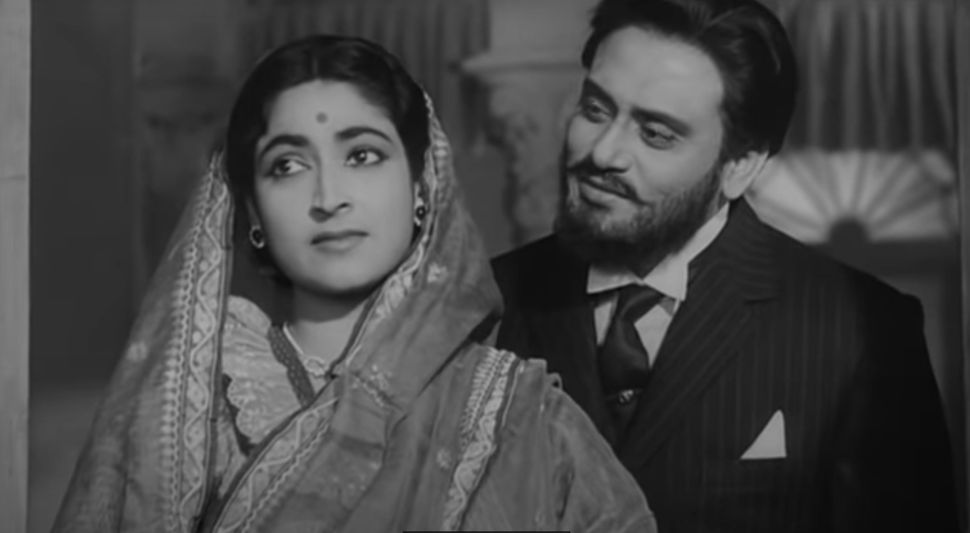
In much of Indian cinema, horror as a genre has been reduced to camp, never quite reaching the reputation that it rightfully deserves. Sketchy makeup, overdramatic background scores, wafer-thin plots and cheap production design meant horror stayed strictly in B-movie territory.
However, for every Ramsay brothers production and Pappi Gudias, which make for ironic viewing and thus, still retain entertainment value, there have been several gems too. The release of Netflix’s Bulbbul, which opened to largely positive reviews, makes it clear that Indian horror works best when it looks inward: towards folklore and mythology, instead of importing Western tropes that have already been done, and better.
At times, horror films are scary not because they introduce an element of supernatural but because they give a sinister spin to everyday objects. By definition, they exist outside the realm of logic and rationale, and yet, as we’ve now seen, a new genre of social horror has emerged that weaves an existing societal problem—racism, patriarchy, tribalism—into the horror genre.
So a few HuffPost India team members took a stroll down memory lane to come up with horror titles that stayed with them, long after the lights came out. From a 1950 classic to a 2002 childhood favourite, here are the films that still give us the spooks.
Madhumati, 1958, Directed by Bimal Roy
“Suhaana safar aur ye mausam haseen, humein dar hain ki hum kho na jaaein kahin,” may have been co-opted by niche millennials as a song for that elusive road-trip but its origins are ominous as is its placement in Bimal Roy’s 1958 film, Madhumati.
A stormy night, a spooky mansion, a mysterious caretaker, and a curious painting that triggers the memory of a young Dilip Kumar, Madhumati ticked off all the elements that make a typical horror fest, except that in the late 50s, these tropes weren’t yet stereotypes.
Madhumati is visual poetry, it’s a vivid play of lights-and-shadows and though it draws thematically from Kamal Amrohi’s 1949-horror Mahal, this Dilip Kumar-Vyjayanthimala starrer is a beast of its own.
Such is the influence of the film’s unnerving plot and its atmospheric treatment that it was reincarnated by Subhash Ghai in Karz and then Farah Khan in Om Shanti Om. A closer reading of the film, available on YouTube, reveals that the genius lies in the lens of Dilip Gupta, a legendary cinematographer.
In Madhumati, the indoors of the mansion that Dilip Kumar’s character stumbles upon bleeds into the outer reality that he imagines as his past. Gupta blends the two worlds with such seamlessness, it’s all the more impressive when you think this was achieved in 1958. Many frames in the film evoke the dark, hyper-expressive aesthetic of German Expressionism, especially the films of Robert Weine.
Check out some of the stills below:
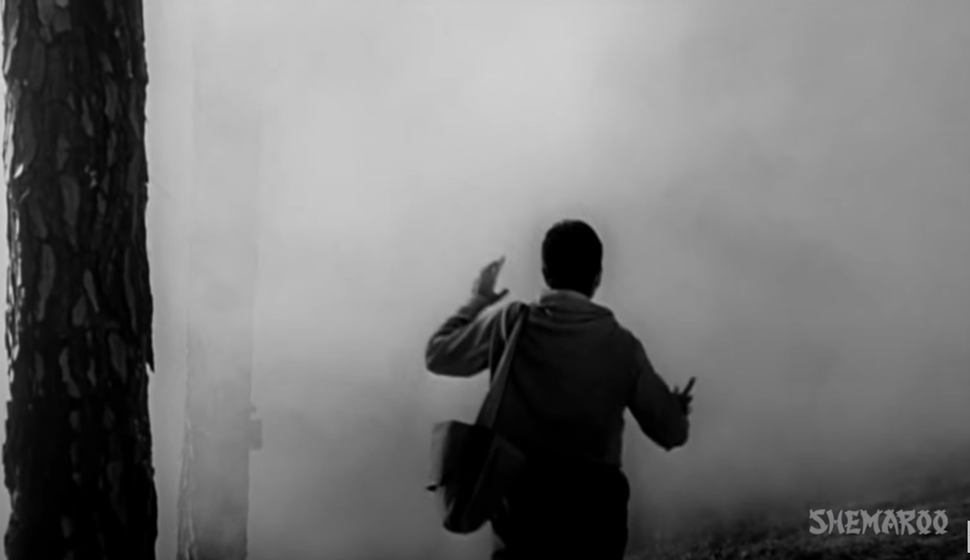
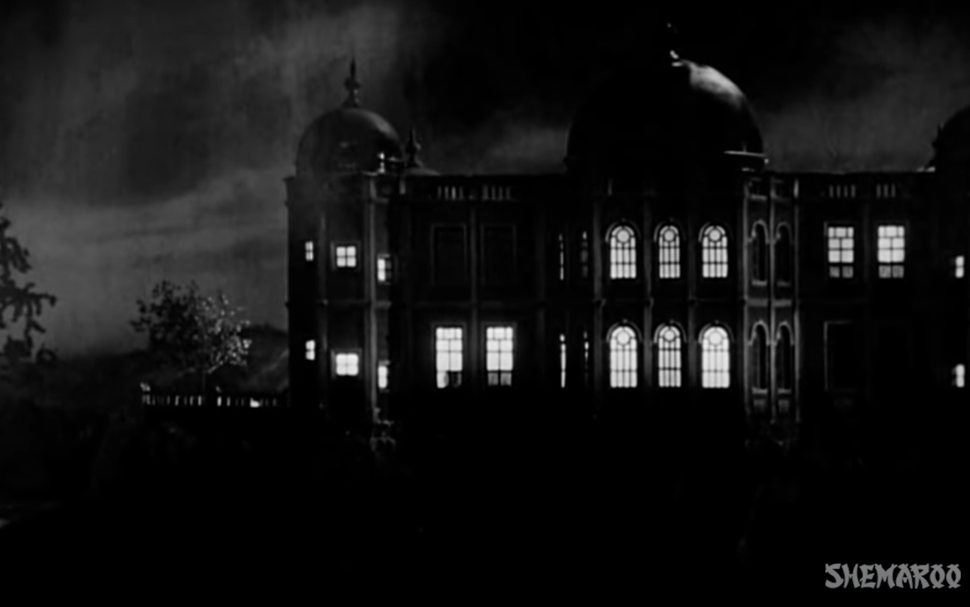
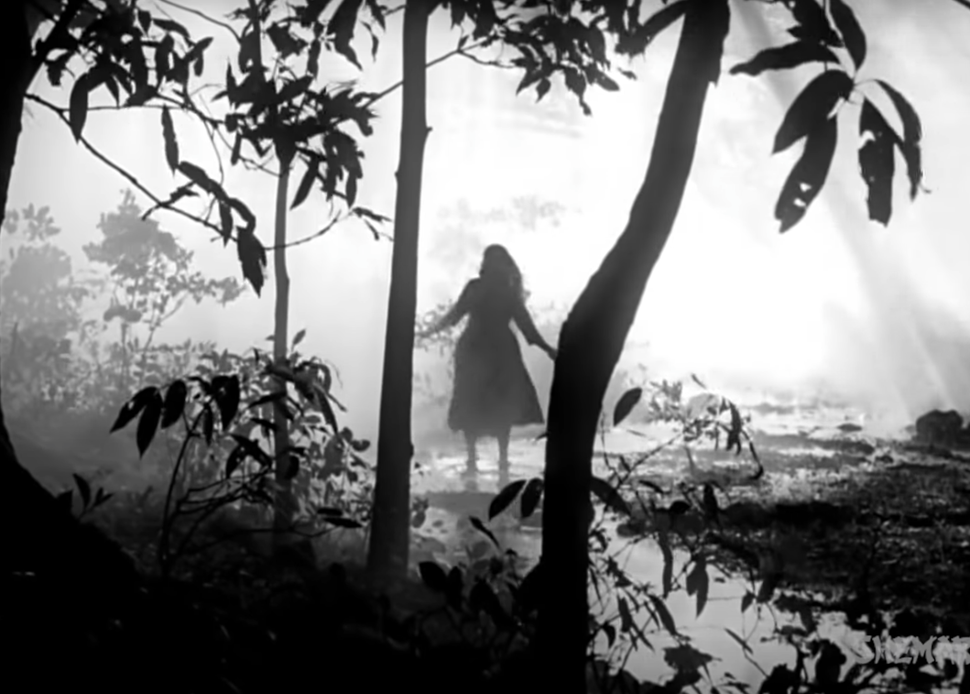
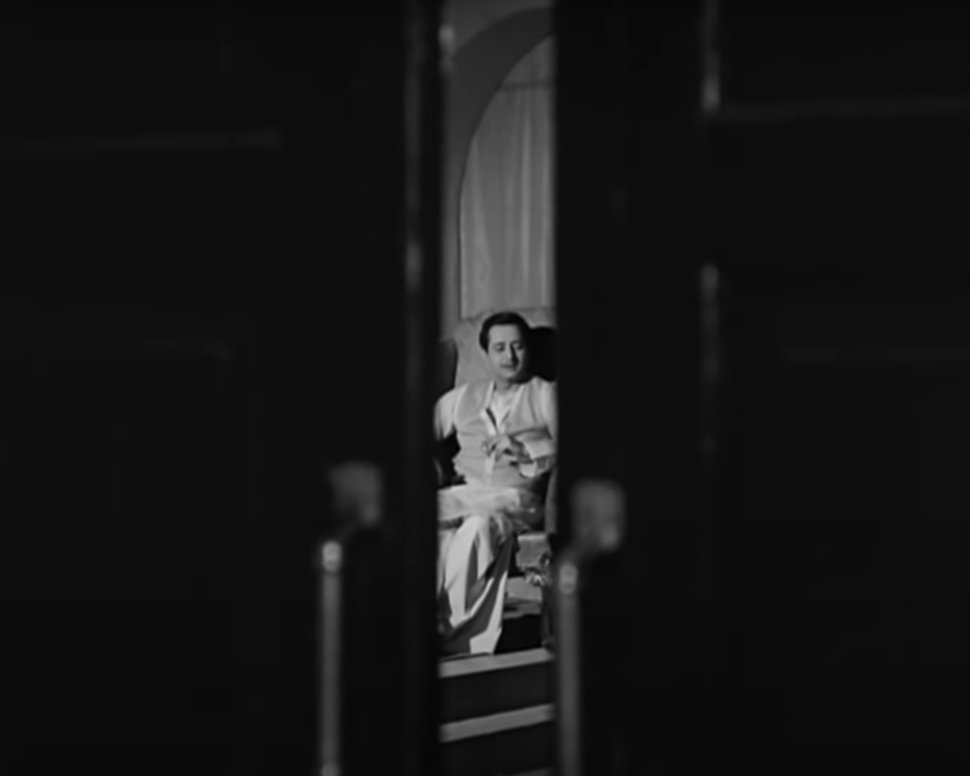
Unsurprising, considering Gupta studied in New York in the late 1930s and subsequently worked at Paramount in the 40s, a time when German Expressionism was imported to the West and eventually morphed into film noir. This was a result of European filmmakers such as Fritz Lang and Billy Wilder, besides several others, fleeing Nazi Germany and shifting base to the US, marrying their artistic sensibilities with the Hollywood studios.
Madhumati is an enduring example of how that aesthetic travelled further and was localised to a great result. Other than the story itself, which hinges on an incident of abuse, the film incorporated a number of popular songs, pretty much an unimaginable cocktail to those who pioneered the genres of horror and noir.
- Ankur Pathak
Monihara, 1961, Directed by Satyajit Ray

Nearly 15 mins into Satyajit Ray’s Monihara, protagonist Monimalika’s languid eyes come alive with frenzied desire for the first time. Her husband Phanibhushan, a wealthy jute businessman, has whipped out a little velvet box of jewellery. ‘See what I have got you’, he says, but Monimalika has fished it out of his palms before he can finish his sentence. She is giddy, almost transformed into a different person quivering with passion. She takes the box and flits away, as Phanibhushan looks on, amused. The background score is sparse, but not happy, definitely not reflecting protagonist Monimalika’s excitement.
Monihara, part of Ray’s ‘Teen Kanya’ troika of films, revolves around Monimalika — a beautiful young woman with a thick mop of black, wavy hair, a proud, high nose and big, unhappy eyes — who comes to a sprawling mansion perched on the banks of river Hooghly in West Bengal, with her husband, a rich businessman. Phanibhushan yearns for Monimalika’s love, but she is inscrutable and often, desperately sad. Monimalika’s story is being narrated by a village schoolmaster, who has arrived on the banks of the river with a chillum and has run into a man wrapped in a dark shawl sitting on the empty stairs. “They keep saying I am intoxicated and speak rubbish, but do you want to hear the tale of the rich man who lived in this house behind?” he asks the man, who responds in the affirmative.
The schoolmaster carries on, narrating how, as days passed, Monimalika’s love for her jewels grew into an obsession, though her husband barely understood her. Tucked into this story of Monimalika and her jewels is an interaction between her and husband where she complains that everybody thinks she is a bad omen because she has not been able to bear her husband a child.
“Don’t you also think that?”
“We both want children Moni, but don’t you know how much I love you?” her husband consoles her.
“Then how did this thought come to my mind?” she retorts.
As Monimalika’s question hangs thick in the air, Ray, who adapted Rabindranath Tagore’s short story for the film, questions the society a woman like her has had to live in. A society where a woman’s self-worth has always been tied to people and things excluding her own self. A child, jewellery.
The story progresses showing Monimalika losing herself and her relationship due to her love for her jewellery. And then one day she runs away, draped in all her jewels. Her husband cannot find her. Till one day, tears rolling down his eyes, he opens a box and gently caresses a gorgeous necklace he had got for his wife. Suddenly, his room starts ringing with Monimalika’s laughter.
More than horror, Ray’s film was a scathing commentary on oppressive social norms. At the risk of giving out spoilers, at the end of the film, the schoolmaster’s audience points out several flaws in the story. As a woman viewer, it seems to challenge the notion the rest of the story establishes — that women attach themselves to material things way too much. So who was Monimalika really? No easy answers there.
- By Piyasree Dasgupta
Kuheli, 1971, Directed by Tarun Majumdar

Most 90s middle class Bengali kids grew up hearing their parents narrating, wide-eyed, how Tarun Majumdar’s Kuheli sent a shiver down their spine years after they watched the film as teenagers. Majumder, in a career spanning over 40 years, deftly negotiated genres like romance and social drama, but at the heart of all his work was an empathetic, almost beguiled exploration of average people and their aspirations. Kuheli (which means mist in Bengali) is an exceptional piece of work that was rooted in Majumdar’s interest in the conflicted inner lives of people, but plays out as an eerie, chilling thriller.
Kuheli, on the face of it, is woven around the Bengali lores around ‘nishir dak (call of the nishi)’. A ‘nishi’, in the world of Bengali supernatural fiction, is usually a spirit who calls out to humans in the night in the voice familiar to the victim, usually one that emulates a close family member who may have passed away. The film — which starred some of the most accomplished stars of Bengali and Indian cinema — revolves around a ‘nishi’ who seemed to have her eyes on Ray Kuthi, a sprawling bungalow in the midst of a hilly Bengal town, called Nijhumganj. Written by Biren Das, the very name of the town — Nijhumganj (town of silence) — elicits a feeling of suspense and dread.
A young woman called Sheba is employed as a governess in Ray Kuthi to look after Ranu, a young girl whose mother had passed away. Once she arrives at the cold, sprawling bungalow, Sheba starts noticing strange, almost inexplicable things happening around her. And then, she is told that every other night, Ranu wakes up from her sleep and walks out into the forest outside following the ‘nishi’ who calls out to her in the voice of her dead mother.
Down the years, details of Kuheli could get fuzzy for the viewer, but what remains is how deftly Majumdar used music to create an atmosphere of suspense and fear in the film. While most Indian films and horror films in general rely deeply on their soundscape to build the feeling of dread, Majumdar used entire songs sung by Lata Mangeshkar to conjure a feeling of deep, almost maddening foreboding. Years later, and having watched several films in the genre, the songs of Kuheli, mostly sung by Mangeshkar with music director Hemata Mukherjee, still make you shudder but keep you transfixed because of how good they are. Written by legendary Bengali lyricist Gauriprasanna Mazumder, Kuheli’s hits Esho Kache Esho (Come, come to me) and Ke Jege Acho (Who is awake?) and sung by Mangeshkar were not props in the film, they were characters in their own right.
One would think that four-minute songs would dilute a feeling of foreboding, but my father remembered grabbing a cousin’s arm in fear as the song ‘Ke Jege Acho’ began and progressed with visuals of a shadow weaving its way around the still foliage of the forest. My mother, also a teenager then, remembered putting her feet up on the theatre chair and curling up as Esho Kache Esho started playing in the theatre. Many years later, when we watched Kuheli, several times on Doordarshan, the songs were peak horror in the movie, though the visuals did not rely on gore or scary faces that are the usual tropes of horror films.
In popular culture, Esho Kache Esho sung in the low, teasing and almost hypnotic drawl by Mangeshkar became the metaphor for everything scary — in conversations, jokes and even banter. Many years later, what fascinates me, is the fact that the lyrics of the song are tender, lullaby-like, almost as if a person is gently, but assuredly coaxing another to follow her. They go:
Esho, kache esho
Dekho nishuti raat kyamon ghumiye ache
Kisher bhoi, ei toh kache ashar shomoi
Tumi esho, tumi esho
(Come, come to me
See, the silent night is asleep
What do you fear? This is the time to come to me
You come, come to me)
The sparse music that the song is set to lets Mangeshkar’s vocals be the centrepiece. In the middle of the song, occasionally, the music falls quiet, as Mangeshkar’s voice rings out- “Tumi esho, esho, esho.”
How can a lullaby be terrifying? That’s where Majumdar, Mukerjee and Mangeshkar’s triumph lies.
- By Piyasree Dasgupta
Manichithrathazhu, 1993, Directed by Fazil
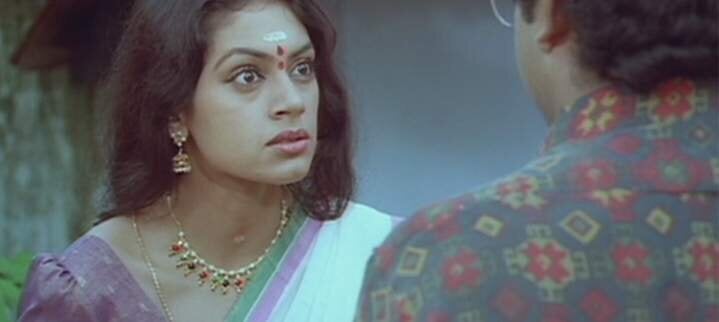
I dithered for a bit before choosing Manichithrathazhu for this list because in some ways, the Malayalam classic almost seems like an anti-folklore movie. The saviour is a psychologist from America who makes a concession to tradition by asking a sorcerer to provide a “magical atmosphere” for the climactic exorcism.
But you should definitely watch this film, which has been remade into many other Indian languages, for its atmospheric feel and a spellbinding performance by Shobana, who won a well-deserved National Award.
The Fazil-directed film makes good use of the fictional story of a Tamilian dancer named Nagavalli, who is killed by a jealous feudal lord when he discovers her relationship with a male dancer. The bloodthirsty spirit vows revenge and has been terrorising the family ever since.
Shobana’s Ganga, who is visiting Kerala with her husband, hears the story from an aunt, who relates it to her like a grandmother would tell children myths of yakshis. For the impressionable woman who loves stories, the legend takes on a life of its own. Fazil has said in interviews that the seed of the story, written by Madhu Muttom, emerged from stories about an evil spirit called Chaathaan.
As Neelima Menon wrote in her round-up of the best Malayalam horror movies, even 26 years after its release, this film can send a chill down your spine.
- By Sharanya Hrishikesh
Makdee, 2002, Vishal Bhardwaj
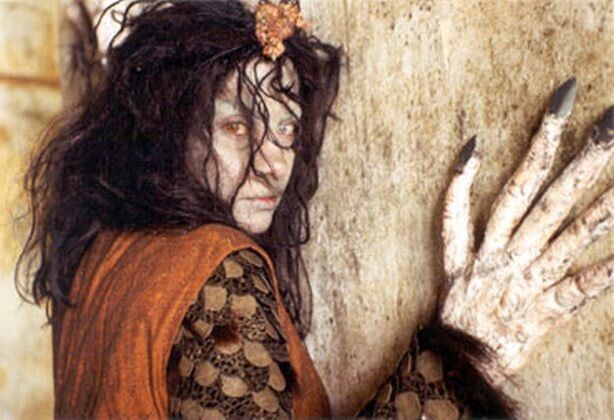
Vishal Bhardwaj’s debut feature spooked the hell out of a generation of prepubescent youngsters when it released in 2002.
Based on the legend of a village chudail, Makdee told the story of Chunni, who has a twin, Munni. Chunni is the mischievous one, often pulling pranks on unsuspecting villagers. The rumour in the sleepy village is that a house on its edge is haunted by an evil witch.
Whoever ventures there is turned into a... hen. When Chunni’s sister, the innocent Munni, ends up being chased towards the mansion (by the butcher Kallu, who mistakes her for Chunni) Chunni must dive into the witch’s web to rescue her.
Makdee exploited all the tropes of Indian horror and gave Hindi cinema a story so naturally rooted in its milieu, it was hard to not to get spooked by the world that Bhardwaj conjured. The song, ‘oh pappadwale, panga na le’ was an enduring ear-worm while Shabana Azmi gave one of the strangest, eeriest performances of her career. While the layers of makeup often become a distraction, it was so skilfully done here that her character became stuff of nightmares.
Makdee is also a film that judiciously uses its background score to evoke horror, never depending on it. For that, Azmi’s menacing glare, her bloodshot-eyes and her wrinkly long claws were enough. Often, the fear of a ghost vanishes once their visage—or the lack of it—is revealed. But with Azmi, every time she took over the screen, she evoked a strong feeling of terror. Makdee also benefitted from a terrific performance by Shweta Basu Prasad in a double role.
Interestingly, the film was supposed to be produced by Children’s Film Society of India. However, the Society’s head, Sai Paranjpye, had several differences with Bhardwaj, who took the project out from CFSI and returned the money with interest.
In an interview, Bhardwaj said, “In Makdee, children are treated as mature people. Sai had a problem with everything, including my editing. She didn’t like my jump-cut technique or my use of handheld camera. She wanted to re-edit my film and cut it down by 15 minutes. I refused.”
The result is there for everybody to see as Makdee remains a horror film that has stood the test of time.
- By Ankur Pathak
Ek Thi Daayan, 2015, Directed by Kannan Iyer
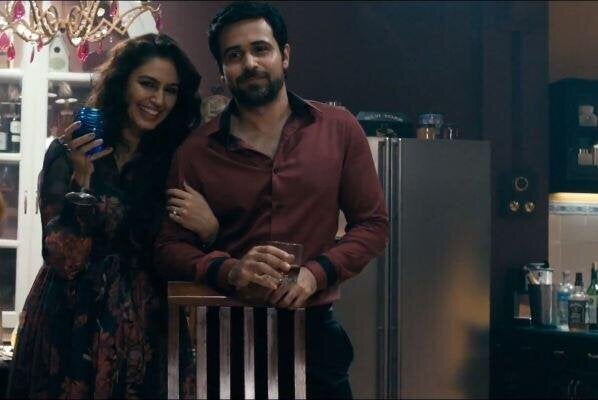
A horror film that features one of the most romantic songs of all time. Only a combination of Vishal Bhardwaj and Gulzar can achieve that. Directed by Kannan Iyer, Ek Thi Daayan is a consistently creepy film, the kind that captures the anticipation of horror, amping up the tension and then providing a release.
In the film, Emraan Hashmi plays a magician who’s haunted by his childhood. As a boy, he witnessed his father and little sister’s deaths. As an adult, he’s in a happy relationship with Huma Qureshi’s Tamara, but is unable to perform any tricks as flashes of his past prevent him from concentrating on his act.
The film switches to a flashback as Hashmi’s Bobo recalls his past via regression hypnosis to a doctor. As we learn about the circumstances that led to Bobo becoming a magician and what caused the deaths of his loved ones, the present starts making more and more sense, unspooling with a strange eeriness.
Ek Thi Daayan, right from its title, is a nod to horror stories that many of us heard as children. In the movie, elevators and lizards manifest into objects of horror, our familiarity and their everyday visibility, heightening the discomfort. While set in the present, there’s an other-worldly quality to the film’s aesthetic, a constant sense of unease that haunts the drama lensed by Saurabh Goswami.
While its climax is a bit of a prolonged letdown, going briefly into B-movie territory, the film’s ensemble led by a solid Hashmi, a fantastic Konkana Sen Sharma and reliably excellent Kalki Koechlin and Huma Qureshi, make this film worth a watch.
- By Ankur Pathak
Pari, 2018, Directed by Prosit Roy
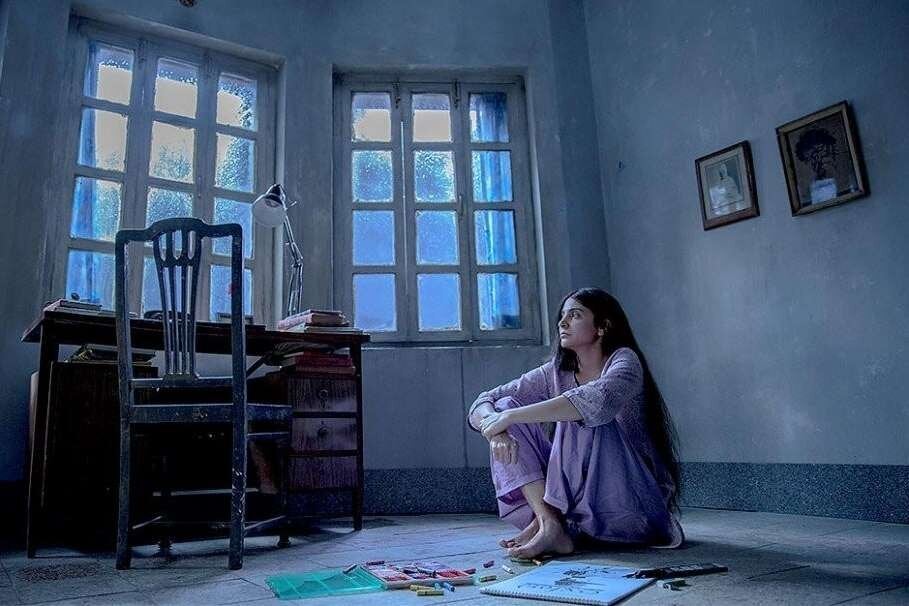
Pari is a half-blood jinn trying to understand the human world. She has spent most of her life hidden and locked up, away from human eyes so that no harm comes to her or she doesn’t end up harming anyone. The only emotions she has felt are hunger and fear. So what happens when she is taken in by Arnab (played by Parambrata Chatterjee) after he runs over her mother, killing her in the process?
Pari is a terrifying supernatural thriller, but at the centre of Prosit Roy’s film, is a familiar human struggle — one of being a misfit. Pari doesn’t understand affection, love, attachment or even jealousy. But after Arnab takes her in, Pari experiences something rare and new in her life — being cared for. Pari oscillates between being so tender that it hurts and so scary that it makes your blood run cold. A particular scene in Pari which effortlessly blends horror and tenderness is representative of how unique the film is its genre. Pari gets scared at harmless sounds, water coming out of the tap, a knock on the door, even people talking.
Once she starts trusting Arnab, it is absolute, like that of an animal. She lets him chain her to the bed so that she doesn’t run away, she lets him scold her. One night, her hair combed neatly, she stares out of the window amusedly watching a dog bark furiously at passerby. She is unchained. She slips out of the window, climbs down the parapets and caresses the head of the dog. The next morning, as Arnab walks home, a small crowd has gathered around his building — the neighbourhood dog is dead, and he doesn’t seem to have injuries so no one can fathom how he died. From being tender and almost soft, the film bursts into horror just like that, with no usual screaming, shouting happening.
Pari is unique because unlike most horror films that paint the protagonist with a broad brushstroke of evil, Roy’s film treats her with compassion. The juxtaposition of horror and compassion is fascinating and combined with Anushka Sharma’s exceptional performance as a child-woman unaware of how doomed she is, the film makes for a great watch.
- By Piyasree Dasgupta
Tumbbad, 2018, Directed by Rahi Anil Barve
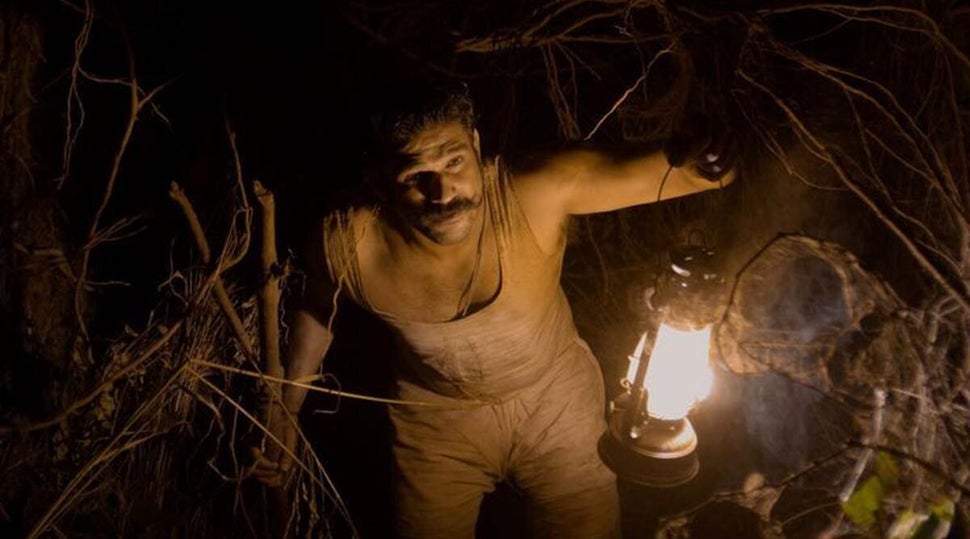
Perhaps no other Indian horror movie blends mythology, supernatural and horror as fluidly as Tumbbad, a film that released in 2015 after being in production for several years. It was cast and recast, shot and re-shot, had logistical and creative hassles, and yet, ultimately the end result was a sparkling movie anchored firmly in a local milieu. In an interview, Barve said, “I had written Tumbbad in 1997 and was living with it every single day.”
Shot entirely during the monsoons, Tumbbad harnesses the atmospheric vibe of the Konkan monsoon to create hauntingly eerie frames. Every shot looks like an oil painting has gently come alive. Tumbbad is many things: an exploration of immorality, a cautionary tale about grief, a silent commentary on patriarchy.

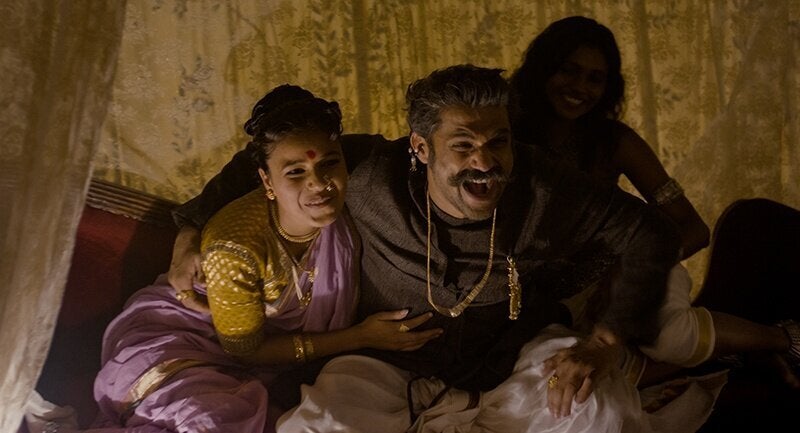
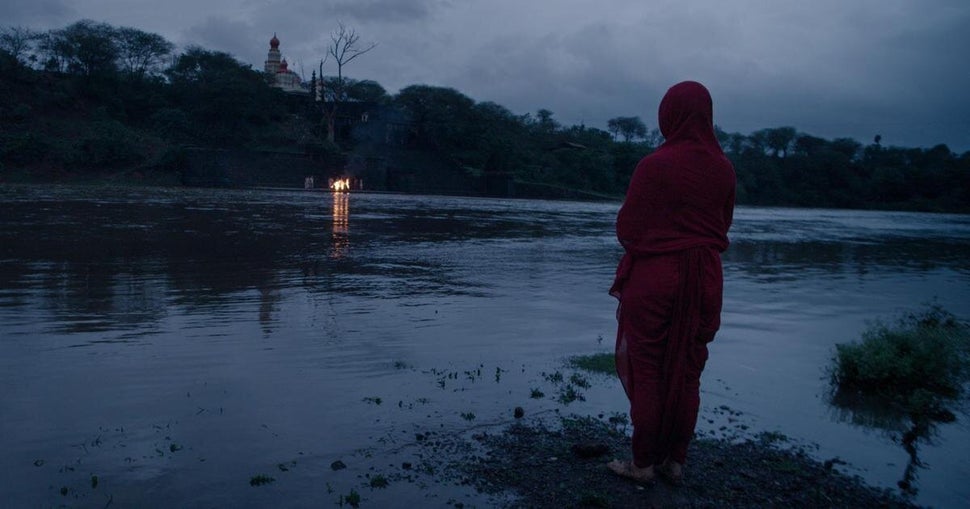
The film trades the campy predictability often prevalent in the genre for a refreshingly modern aesthetic. It is certainly the execution that elevates Tumbbad from being yet another tale of old well told, to something daring and new, and just as scary.
Perhaps the fact that it was assembled by a pool of people who exist in the alternate/indie space helped set its visual language apart—marrying an indie sensibility within a supernatural/horror genre isn’t as common as it sounds. Independent films are often known for their realism, something that Barve and team bought to Tumbbad with terrifying results.